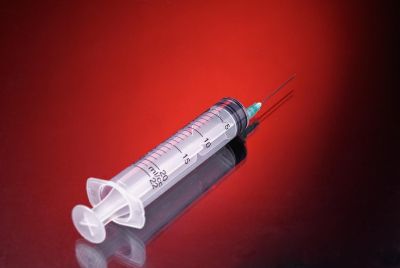Can't stand the heat? Why you need to keep your cool
A new study has identified the mechanism by which we detect excess warmth.

Our ability to detect and avoid places which are too warm is essential for regulating our body temperature, however, until now, very little was known about the biological mechanisms in our skin responsible for sensing excessive non-painful heat.
A new study on mice conducted by researchers at King's College London and published in the journal Nature has identified a gene called TRPM2 which initiates a 'warm signal', driving the rodents to seek somewhere cooler. When scientists removed this gene, the mice were unable to distinguish between warm and cool temperatures.
"The removal of TRPM2 in these mice eliminated their ability to detect non-painful warmth, yet the capacity to detect painful levels of heat using other known receptors was unaffected", said Dr Chun-Hsiang Tan, a post-doctoral worker at King's College London who was involved in the research. "This reveals how we are able to detect environments that are too warm at a sensory level."
Scientists already knew about so called 'TRP' – Transient Receptor Potential – proteins which are activated by painful levels of heat. When they are exposed to any excess heat, the proteins are able to conduct positively charged ions – charged atoms or molecules – across the cell membrane, thus altering the internal voltage of nearby nerve cells. This change in voltage stimulates nerve activity which is what creates the painful sensation of burning. However, no previous research had revealed ion movements which could be activated by milder, non-painful heat.
Professor Peter McNaughton, also of King's College London, said: "The temperatures we examined are certainly comparable to those you might find on a London bus or Tube carriage in the height of summer. At 38°C a busy Tube carriage would be quite suffocating, so sensory neurons in our skin allow us to detect that the environment is too warm and drive us to take action – whether that be removing an article of clothing or alighting the tube and seeking a cooler environment."
McNaughton also speculated on potential avenues for future research in the field. "We have shown that TRPM2 is important for the conscious detection of warmth, but does it also play a role in the unconscious regulation of body temperature? In future studies it would be interesting to explore whether TRPM2 also plays an unconscious role in controlling our body temperature, by regulating sweating and the constriction of blood vessels in the skin.'
© Copyright IBTimes 2025. All rights reserved.





















